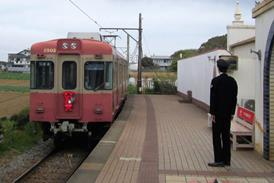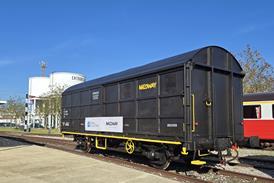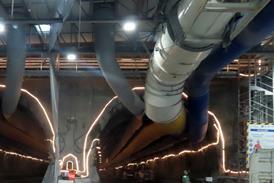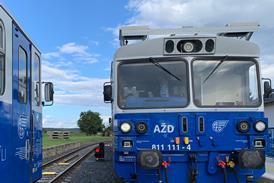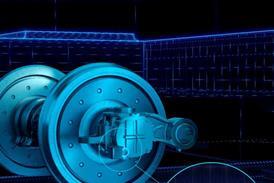Close menu
- Home
-
News
- Back to parent navigation item
- News
- Traction and rolling stock
- Passenger
- High speed
- Freight
- Infrastructure
- Policy
- Technology
- Ticketing
- Business
- Research, training and skills
- Accessibility and inclusion
- People
- Urban rail news
- Suburban and commuter rail
- Metro
- Light rail and tram
- Monorail and peoplemover
- Regions
- InnoTrans
- In depth
- Events
- Data
- Maps
- Tenders & Jobs
- Sponsored content
- Insights
Isobar enhances disc brake performance
By Railway Gazette International1997-07-01T10:00:00
INTRO: German Railway’s ICE3 high-speed trains will have just two brake discs per axle, compared to four on earlier ICE generations. Use of advanced brake pads with an improved contact pattern offers lower noise and a 50% increase in energy absorption
Already have an account? LOG IN
To continue…
You’ve reached your limit of content for the month

